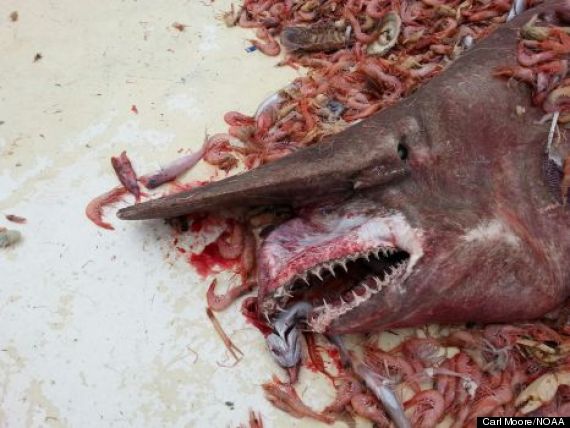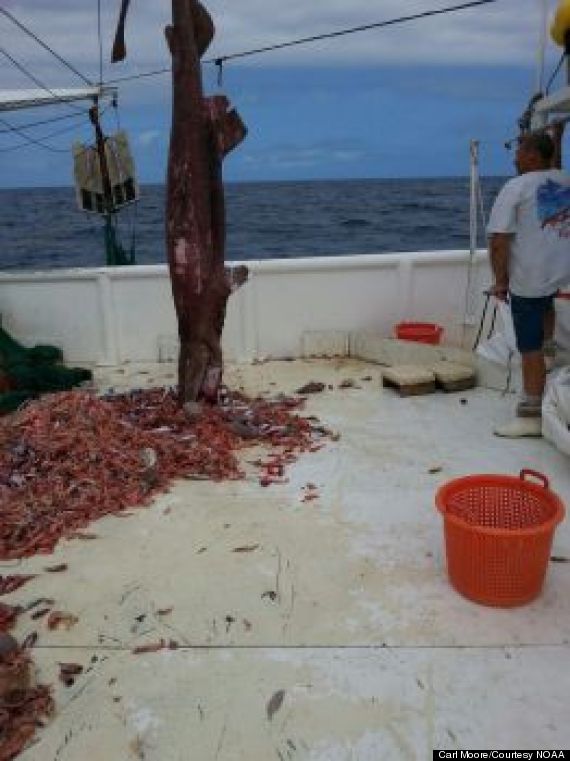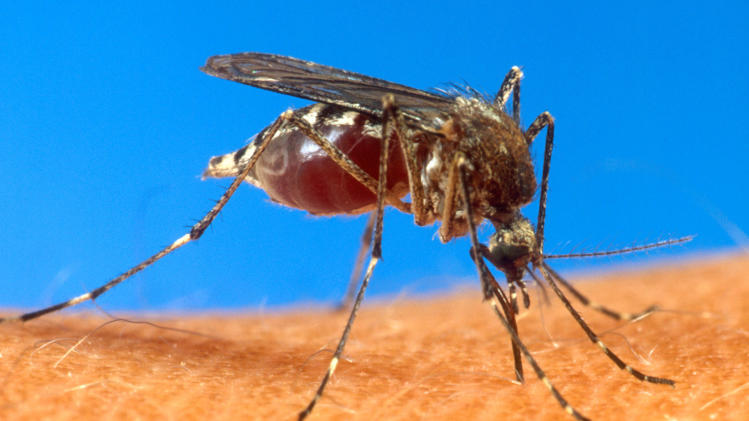Yahoo Health
By Dana K. Cassell
Thu, May 08, 2014
Chikungunya (pronounced chik-en-gun-ye) is a viral disease transmitted to humans by the bites of infected
Aedes aegypti and
Aedes albopictus mosquitoes,
which are found across the globe. First described during an outbreak in
southern Tanzania in 1952, the virus then spread to Africa, Asia, and
the Indian subcontinent.
Originally believed to be a “tropical”
disease, experts were surprised when an outbreak occurred in
northeastern Italy in 2007. Now it has spread farther—to 14 Caribbean
island countries since it was first detected on the island of St. Martin
in December 2013. On May 1, 2014, the Caribbean Public Health Authority
declared it an epidemic, with 4,108 probable cases across the region.
Get the Facts: Chikungunya Symptoms and Treatments
Symptoms, Diagnosis, and Treatment of Chikungunya
The
most common symptoms of chikungunya are acute, high fever and intense
joint pain. The infected person may also experience headaches, muscle
pain, swollen joints, and/or a rash.
According to the
U.S. Centers for Disease Control and Prevention (CDC), chikungunya
infection should be considered as a possibility in anyone who develops a
high fever and joint pain, and who has traveled to the location of an
active outbreak within the previous three to seven days.
A blood
test is used to diagnose chikungunya and to differentiate it from
dengue, a more serious viral infection, which is also transmitted by
Aedes mosquitos. Outbreaks of dengue usually occur in tropical urban areas, according to the CDC.
Even
though chikungunya symptoms can be severe, the disease is rarely fatal,
unlike dengue, which can be lethal if not treated in a timely manner.
Most patients with chikungunya begin feeling better within a week; a few
may experience joint pain for several months. Some cases result in
persistent arthritis symptoms. People at risk for more severe cases of
the disease include newborns, adults over the age of 65, and patients
with underlying medical conditions.
There is no cure for
chikungunya, and no vaccine to prevent it, so treatment is focused on
relieving the symptoms. An infected person needs to rest, drink lots of
fluids, and take medicines like ibuprofen, naproxen, or acetaminophen to
relieve fever and pain until the symptoms fade.
Learn More: The Big Dangers of Small Bug Bites
Mosquitoes May Spread the Virus to the Southeastern U.S.
Because
the Caribbean islands are close to the U.S., there is some concern that
chikungunya will spread to the U.S., perhaps via Florida.
The disease has been diagnosed in the U.S. before, but only in travelers returning from areas where there are outbreaks,
according to the Center for Infectious Disease Research and Policy.
So far, no U.S.-based infections have occurred. But Dr. Gio J. Baracco,
an associate professor of clinical medicine at the University of Miami
Miller School of Medicine, told Healthline that the mosquitoes spreading
the virus are already in the southeastern part of the U.S. “This fact,
and the large amount of travelers passing through South Florida en route
to and from the Caribbean islands, makes it very likely that
chikungunya will be introduced into the U.S.,” he said.
Another
infectious disease expert, Dr. William Schaffner, a professor of
preventive medicine at Vanderbilt University, explained how this
“spreading” might occur. “Patients can acquire the infection while in
the Caribbean through mosquito bites, and be incubating the infection.
They’re feeling well as they come to the U.S. and then when they get
sick, the virus is circulating in their blood streams.”
Then, an
Aedes mosquito
could bite that person and become infected itself, said Schaffner. “The
mosquito thus infected in the U.S. infects another U.S. person, and
that person in turn infects further mosquitoes. That’s how the virus
appeared for the first time in a temperate zone, in Italy in 2007."
The
virus could be carried beyond Florida, Schaffner said, but he added,
“It might be established more readily in Florida, partly due to the
volume of travel.”
Dr. Aileen M. Marty, a professor of infectious
diseases at the Herbert Wertheim College of Medicine in Miami, agreed.
“It can spread to any part of the U.S. where the mosquitoes live and
breed,” she said.
Although an outbreak may occur at any time,
Baracco said that summer is a vulnerable time. “The likelihood of an
outbreak is related to the amount of vectors [infected mosquitoes]
present.
Aedes mosquitoes breed in stagnant water, and therefore are more common during the rainy season.”
The
CDC's Dr. Erin Staples told Healthline that although it’s not possible
to say at this point when local cases may occur here, it becomes more
likely as more travelers return from areas where there are currently
outbreaks, as mosquito populations grow, and as the weather gets warmer.
How Can I Protect Myself from Chikungunya?
To
avoid becoming infected, Baracco said, “People should prevent mosquito
bites by using adequate clothing, applying repellent, and getting rid of
potential mosquito breeding sites."
Business travelers and
vacationers in the Caribbean should exercise extra caution, Schaffner
added. “Cruise travelers and people who stay in the islands for a period
of time will need much more awareness about the prevention of mosquito
bites. Use repellant—especially if you go out in the evening or in the
early morning, when most of these mosquitoes like to bite. Wear longer
trousers and long sleeves.”
Schaffner also envisions a wider use
of bed netting. “People like to go to the islands, open the windows, and
let the Caribbean breezes come through—they’re not always in
hermetically sealed, air conditioned rooms. If you do that now, you
might have to sleep under a bed net.”
The CDC is taking several
steps to educate travelers to the Caribbean about the risks of
chikungunya and how to protect themselves. Staples explained, "We are
continually updating our
travel notice with
the latest on the spread of the virus and recommendations to prevent
infection. In addition, the CDC has been working with its partners at
airports with flights to the Caribbean to educate outgoing travelers
about how to stay safe from chikungunya while in the Caribbean, and
returning travelers about what symptoms to watch for and when to seek
care. We’re also working to post them at additional airports and to
translate them into Spanish."
Read this article at Healthline.com



















